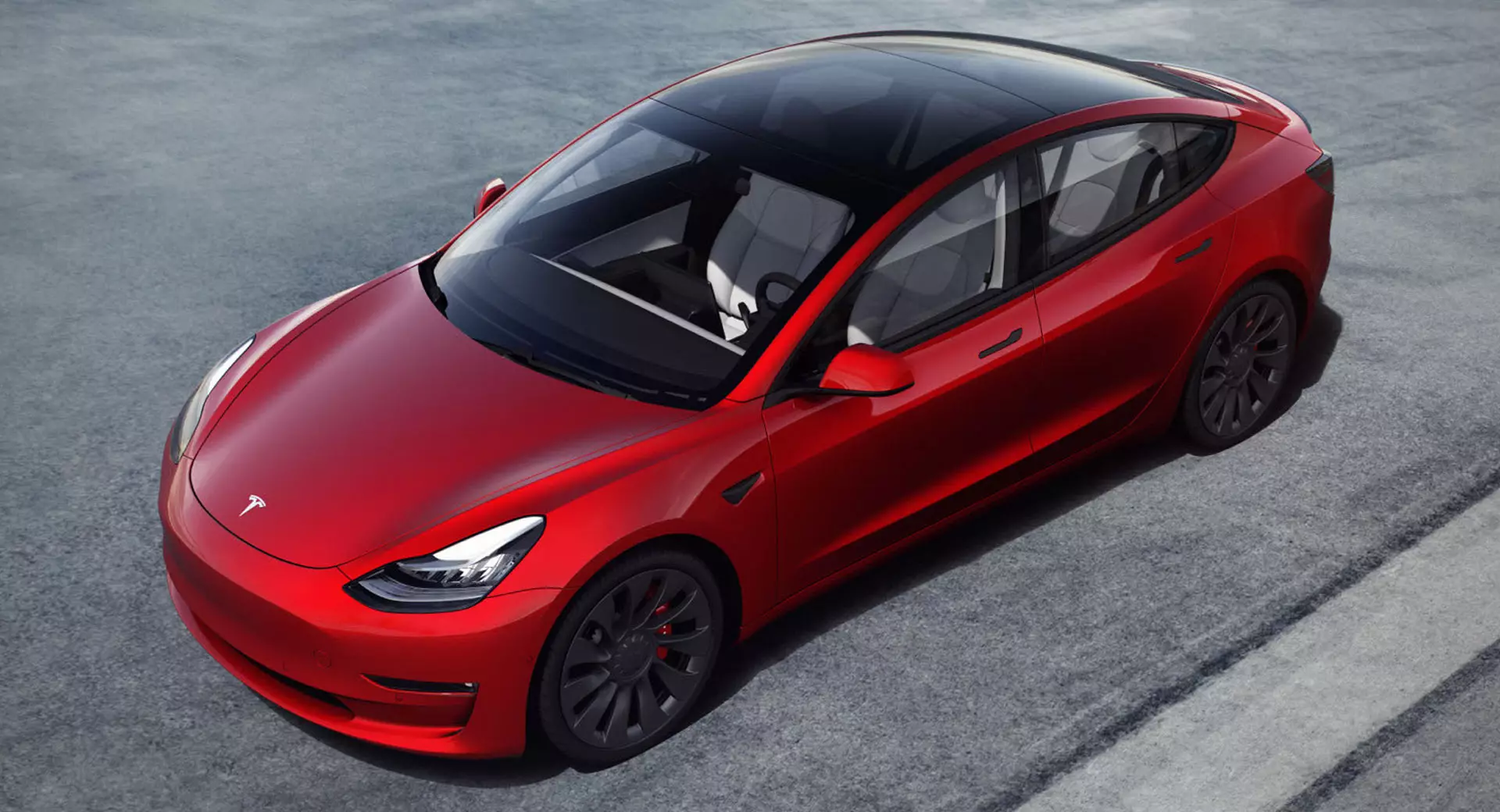The size of the Norwegian car market is not large (they have a little more than half of the population of Portugal), but Norway is in a «world apart» in relation to the sale of electric vehicles.
In the first 10 months of 2021, the share of 100% electric vehicles exceeds 63%, while that of plug-in hybrids is practically 22%. The share for plug-in vehicles is a dominant 85.1%. There is no other country in the world that comes close to these numbers and none should come close in the coming years.
The success story of electric cars in this oil-producing and exporting country (equivalent to more than 1/3 of its total exports) is justified, above all, by the fact that most of the taxes and fees that normally are taxed on automobiles, in a process that began in the late 1990s.

This lack of taxation (even VAT is no longer charged) made electric cars competitively priced in relation to combustion cars, in some cases even more affordable.
The advantages did not stop with taxation. Electric cars in Norway did not pay tolls or parking and were even able to use the BUS lane freely. The success of these measures was and is undeniable. Just look at the sales tables, where, above all, in the last three months, nine out of 10 new vehicles sold in Norway are plugged in.
Falling tax revenue
But an estimate of how much this success is meaning in annual tax revenue losses for the Norwegian government has now come to light: around 1.91 billion euros. An estimate put forward by the former centre-right coalition government which saw its place taken by a new centre-left coalition in the last elections in October.

And with the maintenance of these measures downstream, it is to be expected that this value will tend to increase, with the progressive replacement of combustion cars that circulate by plug-in cars - despite the success of electric cars, they still only account for 15% of the rolling park.
The new Norwegian government is now looking to recoup some of the lost revenue, proposing to step back on several measures that continue to give electric cars a special status, and is beginning to raise fears that it could jeopardize the set target of not selling cars with combustion engines. internal until 2025.
Some measures had already been withdrawn, such as the exemption from paying tolls, which ended in 2017, but more drastic actions are needed.
It is not yet known what measures will be taken, but the most likely, according to environmental groups and car associations, will be the reintroduction of taxes on plug-in hybrids, a tax on 100% electric sold second-hand, a tax for “ luxury trams” (amount of more than 60,000 euros) and the reintroduction of an annual property tax.
Below: The Toyota RAV4 PHEV is the best-selling plug-in hybrid and, as of October 2021, the second best-selling model in Norway.
Environmental groups have said they are not against taxing trams, as long as taxes on automobiles with combustion engines remain high. However, fears are great that the reintroduction of the wrong taxes may have a brake effect on the growth and maturation of the electric car market, driving away those people who are still in doubt about whether or not to move towards this type of vehicle.
Alert to navigation
What is happening now in Norway is being seen from the outside as an example of what could happen in the future in many other markets, where the tax incentives and benefits in relation to 100% electric and plug-in hybrids are also quite generous . Can the electric car “survive” without these aids?
Source: Wired
